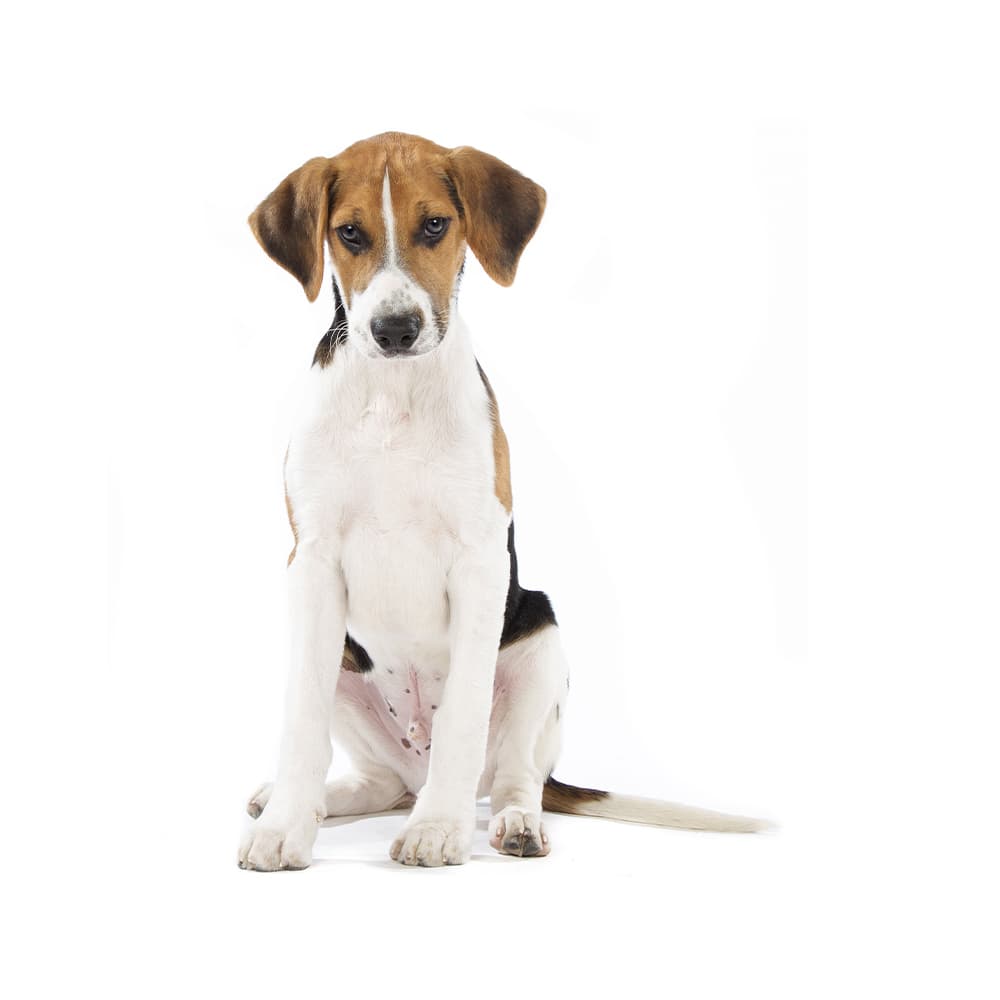Discover your dog's connection to this breed and 200+ others


Discover your dog's connection to this breed and 200+ others



The Harrier is an ancient breed that originated in England, with roots dating back to at least the 13th century. The breed was developed for hunting hare and foxes, making them excellent scent hounds. Harriers are believed to be descended from various hounds brought to Britain by the Normans.
Harriers may suffer from cataracts, cerebellar abiotrophy, cerebellar ataxia (hound), epilepsy, hernia (inguinal), hip dysplasia, persistent pupillary membranes, perianal fistula, progressive retinal atrophy, and renal dysplasia. Genetic testing is recommended, including for the following additional conditions: hyperuricosoria, degenerative myelopathy, and progressive rod-cone degeneration.
Harriers are known for their friendly and outgoing personalities. They are social dogs that get along well with children, other dogs, and even cats if raised together. Being a scent hound, Harriers have a strong prey drive and an excellent sense of smell, so it's essential to keep them on a leash or in a securely fenced area during outdoor activities. They require regular exercise to keep them mentally and physically stimulated.
A canine genetic lineage is a group of individuals or entire breeds that descended from common ancestors predating modern breed formation. Often these lineages are associated with a ‘type’ of dog with a unique historical working role and associated behaviors (e.g., herding, scent hunting, etc.).
Scent Hounds were historically used as hunting dogs. They were bred for their exceptional sense of smell, which is also a defining factor of this lineage of dogs. Scent hounds also have a distinctive bark which sounds more like a howl, this was developed to communicate with their hunters. Many breeds within this lineage were bred to work in groups, and have a strong pack mentality. Scent Hounds tend to have a stronger drive to follow their nose instinctually than their human counterpart. Scent hounds are also known for their endurance and stamina, these traits allow them to follow scents over long distances and for long periods of time.
Example breeds with ancestry from this lineage include Basset Hound, English Foxhound, and Dachshund.
The name "Harrier" comes from the French word "harier," which means "to harass" or "to hound."
The Harrier is often considered a smaller version of the English Foxhound.
According to the UKC, the breed was developed in England to hunt hare in packs; the first pack of Harriers was established in 1260.
Harriers are relatively rare, and their population is more limited compared to other popular hound breeds.
Doi:10.1002/9781119540687
https://www.petmd.com/dog/breeds/c_dg_harrier
https://www.akc.org/dog-breeds/harrier/
https://www.fci.be/en/nomenclature/HARRIER-295.html
https://www.ukcdogs.com/harrier
Recommended by top vets with decades of experience
21 breeds
64 genetic health markers
50 genetic trait markers
